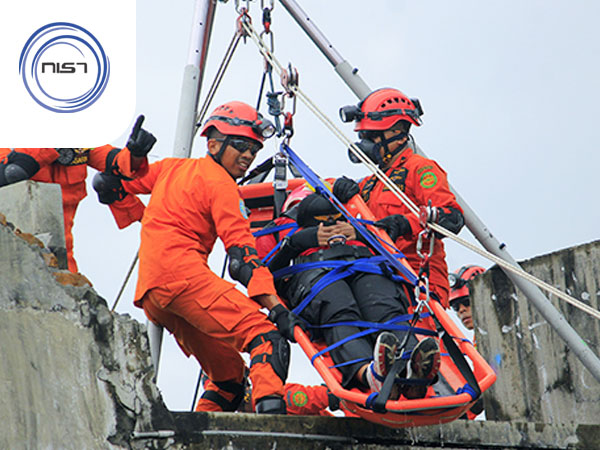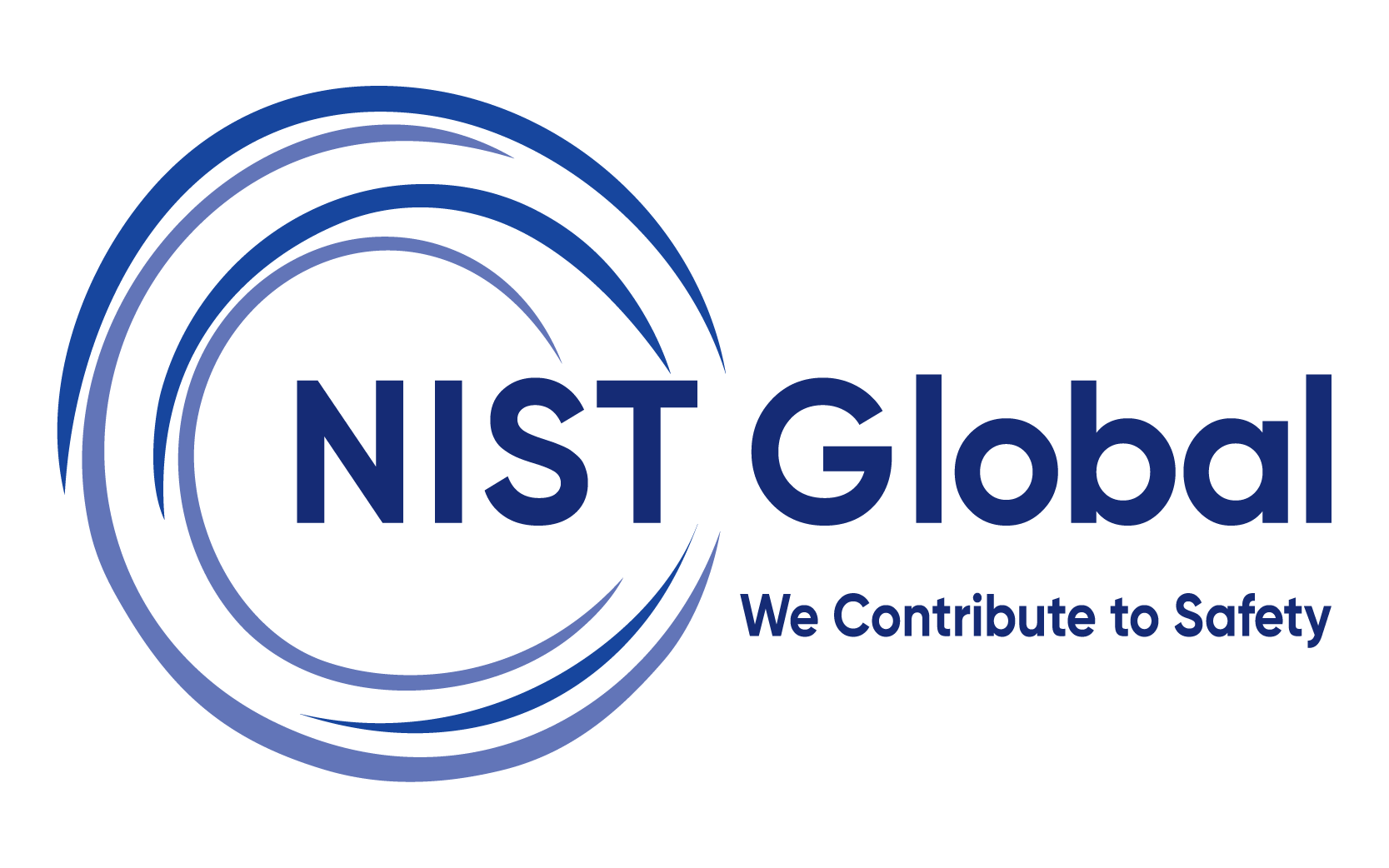Rescue
Hazards at workplace often strike without warning and leave with injury and accidents behind. Working in confined space is no exception to it. It could be an engineer repairing cables underground or plant manager entering a small plant room or contactor inspecting sewage pipe. All these kinds of work unless accompanied with confined space rescue mechanism in place, would put the life of workers at stake. In case of any eventuality, workers need to be rescued. Thus, it is the responsibility of employers to evaluate the nature of work and risks involved and provide confined space rescue training.

Introduction:
Hazards at workplace often strike without warning and leave with injury and accidents behind. Working in confined space is no exception to it. It could be an engineer repairing cables underground or plant manager entering a small plant room or contactor inspecting sewage pipe. All these kinds of work unless accompanied with confined space rescue mechanism in place, would put the life of workers at stake. In case of any eventuality, workers need to be rescued. Thus, it is the responsibility of employers to evaluate the nature of work and risks involved and provide confined space rescue training.
Why the need of confined space rescue
Fatalities in confined space are regular affair. They are found both in industrial setting as well as almost all workplaces like commercial establishments, schools, colleges, hospitals, and so on. Deaths and injuries occur in confined spaces are due to engulfment, asphyxiation, toxic chemical exposure, including fire and explosion. Since there is no alternative to avoid confined space work, corporates must give priority to rescue operation plan to deal with any eventuality. Further, these kinds of hazards around, sustainable goal can't be attained. Hence, the need is to plug these loopholes of potential hazard through imparting the services of confined space rescue training in India.
What is the need of rescue training for working at height
Working at height has always its share of fatalities resulting to injury or death. Fall hazard is common at workplaces, where the nature of task is working at height like in construction industry. So, employers have the obligation to rescue workers by providing fall protection mechanism with the intention of eliminate or reduce risk of falls causing injury. Working at height rescue training course in this regard is a full proof means for containing number of fatalities.
Considering the above nature of work, only working at height and rescue training in India such as NIST has the potential to build the capacity of corporates for improving preparedness and responses with respect to hazards. As this institute provides more emphasis on improving the technical skills and raise the expertise level of the workers, the end result will be better coordination in carrying out rescue activities in case of any hazard.
